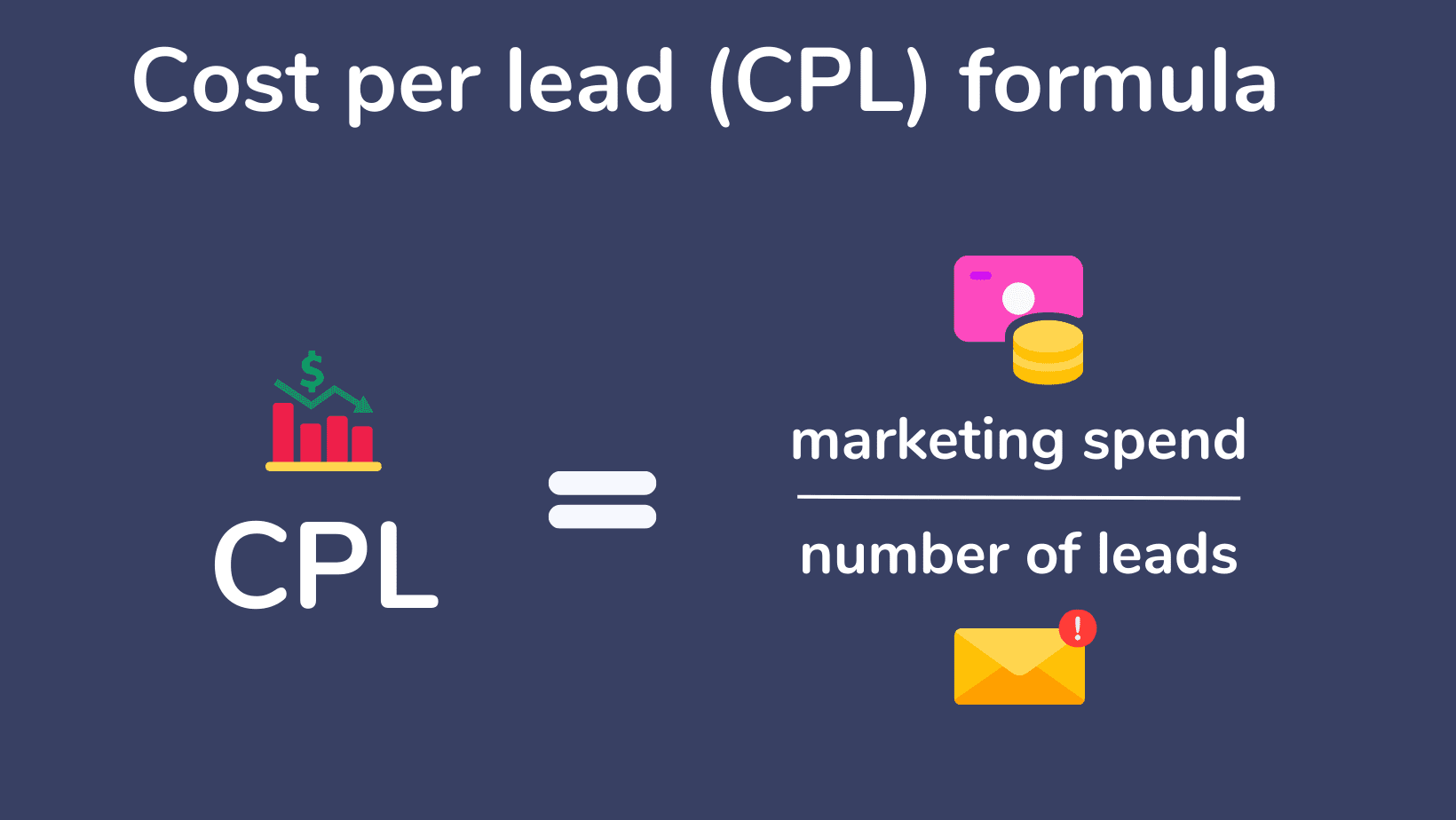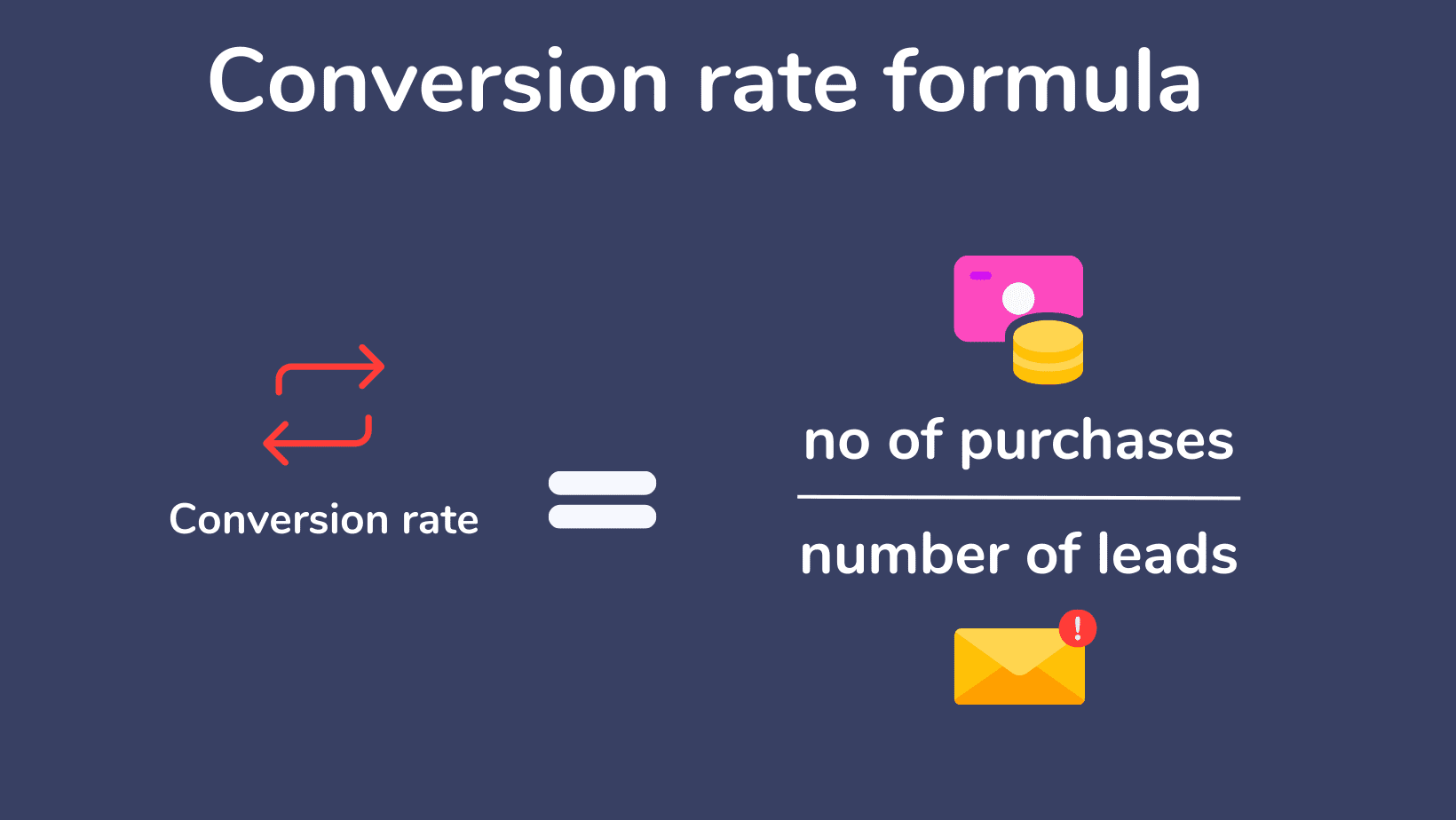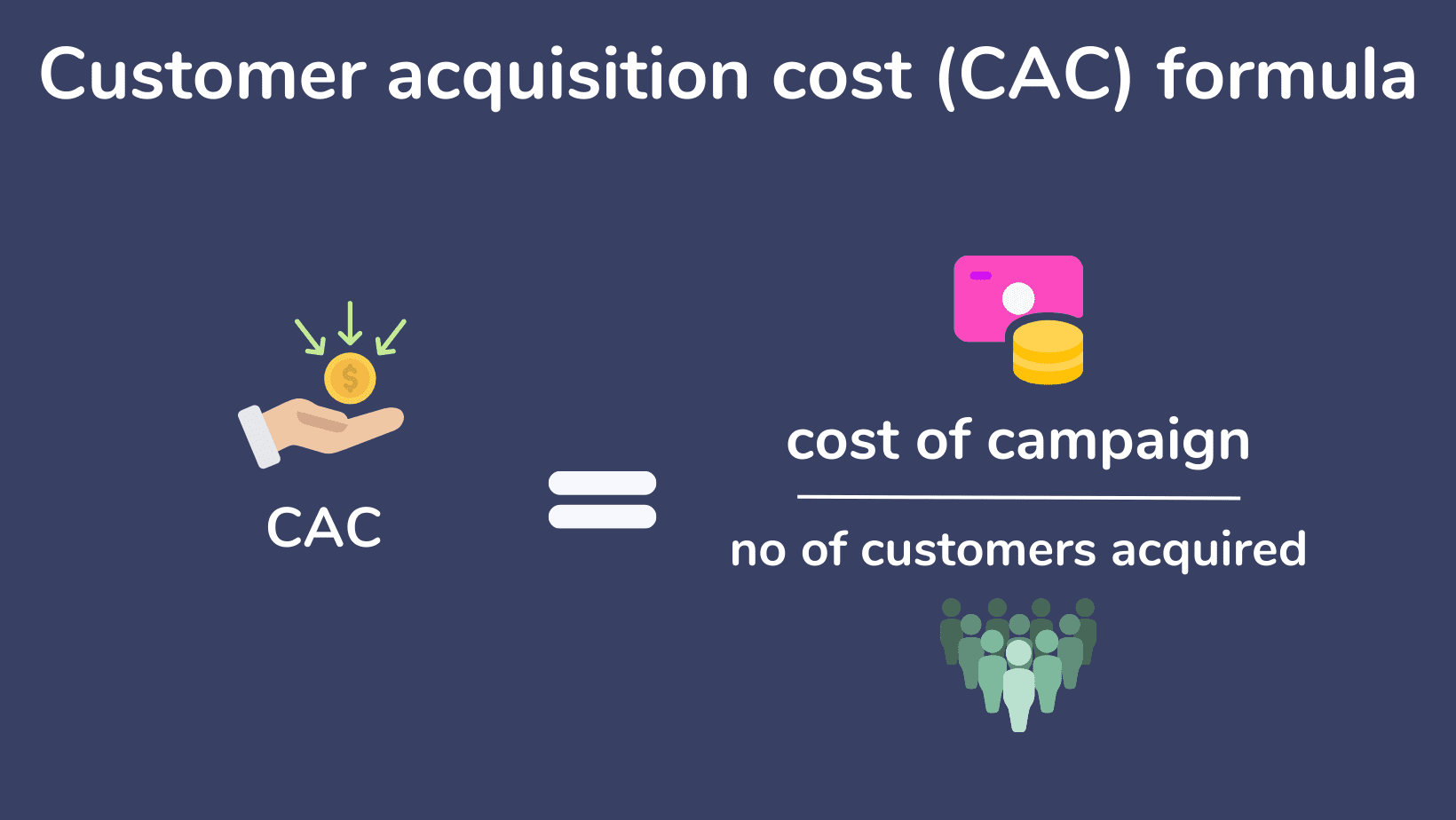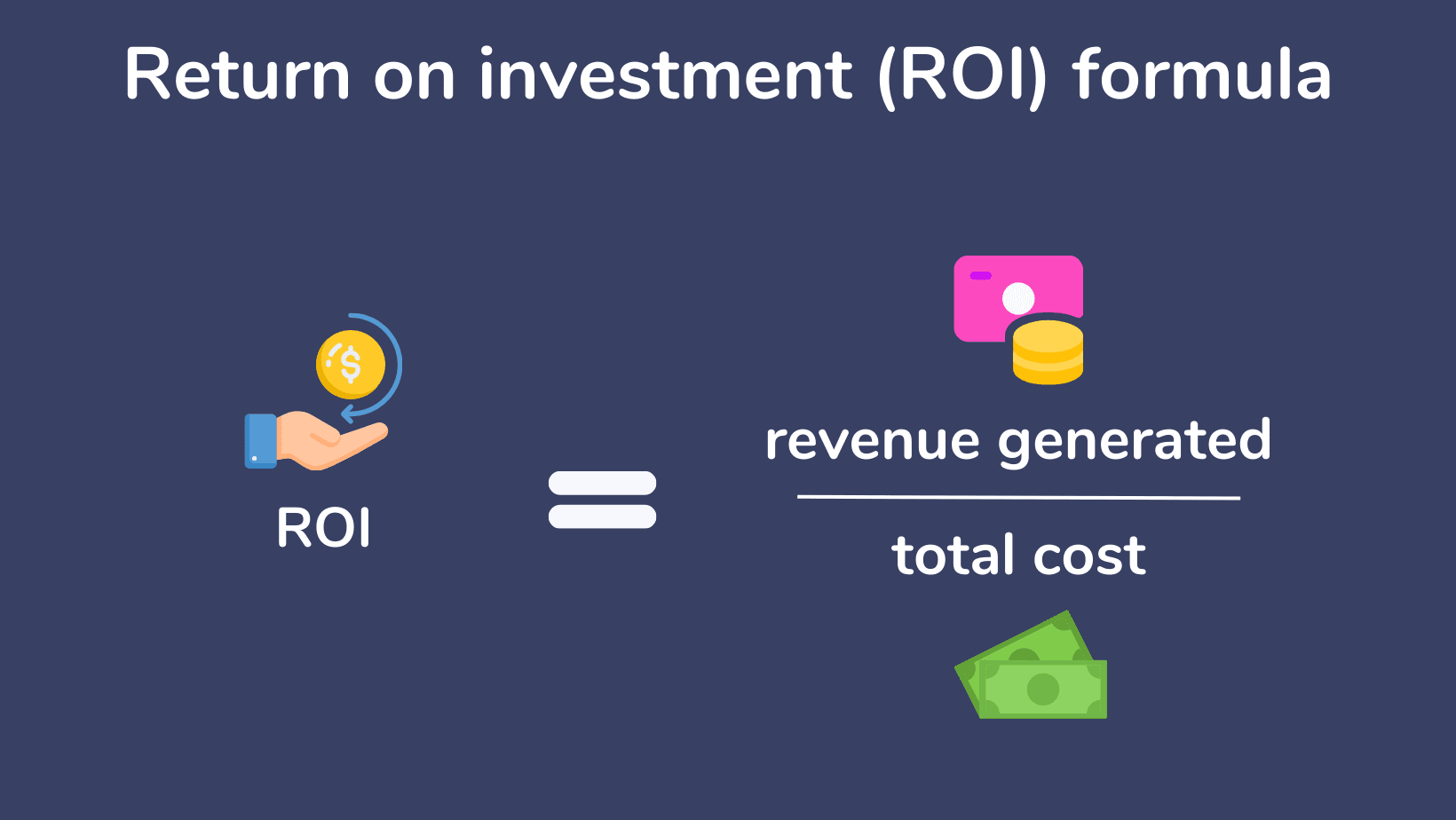The ultimate guide to B2B lead generation
In this guide
- What is B2B lead generation?
- Who is responsible for B2B lead generation?
- B2B lead types
- What’s the difference between lead generation and demand generation?
- How do you generate B2B leads? Strategies that actually work in 2023
- How do you measure B2B lead generation?
- Should you buy B2B leads?
- B2B lead generation best practice
- What are the best lead generation tools?
LinkedIn Sales Navigator- HubSpot
- SEMrush
- Hootsuite
- Sopro: lead generation services and sales engagement platform

The ultimate guide to B2B lead generation, how to generate B2B leads, and the best ways to measure your success.
Almost half of B2B sales reps say getting enough good quality leads is the biggest challenge in their job. So let’s go right back to basics and get to grips with B2B lead generation.
So buckle up, because our ultimate guide will dive deep into everything B2B lead gen: strategies, best practices, tools, and how to smash it for your business.
What is B2B lead generation?
B2B lead generation is the process of finding potential customers, engaging them with marketing techniques, and ultimately enticing them to become customers. It involves using different marketing tactics and sales strategies to generate interest in your products or services among other businesses that might be interested in purchasing them.
Who is responsible for B2B lead generation?
Responsibility for B2B lead generation tends to fall to both sales and marketing teams. Some companies will use a business development service, or even have a dedicated in-house team. Whatever the set-up, it requires a coordinated approach to drive high-quality leads and convert them into customers.
The marketing team is generally responsible for generating a pipeline of leads through a variety of channels, while the sales team is responsible for following up on leads, qualifying them, and converting them into customers.
“Biz dev” departments aim to develop opportunities in a wider range of areas, which can include partnerships, product development and finding new markets, as well as supporting traditional lead gen.
B2B lead types
Marketing-qualified leads
A marketing-qualified lead (MQL) is a potential customer who’s shown an interest in your company’s product or service after coming into contact with your marketing. They may have downloaded some content, filled out a contact form, or signed up to your newsletter.
Sales-qualified leads
A sales-qualified lead (SQL) is a prospect with a higher likelihood of becoming a paying customer. An MQL achieves SQL status when it meets certain criteria that marks them as a good fit and ready to buy now.
Product-qualified leads and service-qualified leads
A product-qualified lead (PQL), or a service-qualified lead, is a potential customer who’s used a free trial of your product or service. PQLs already have a strong interest in your product and have started to experience its value and benefits, so can be appealing to sales reps.
What’s the difference between lead generation and demand generation?
Lead generation and demand generation are two different marketing strategies that serve different purposes, but they’re closely related and work together to achieve the same goals.
Lead generation identifies and engages potential customers, focusing on the business end of the sales funnel.
Demand generation creates awareness and generates interest among potential customers using activities such as content marketing, social media advertising, and SEO.
How do you generate B2B leads? Strategies that actually work in 2023
The B2B sales funnel is longer than ever these days. Buyers carry out their own research before even thinking about speaking to a sales rep. There are a lot of bases to cover, but with a multi-faceted approach, your lead generation efforts will prove more fruitful.
Here’s a comprehensive list of the best B2B lead generation strategies you can use in 2023, including a mix of inbound and outbound strategies:
Inbound lead generation strategies
Inbound lead generation is the process of attracting potential customers to a business through the creation and distribution of high-quality content and other valuable resources. The goal of inbound lead generation is to draw customers to you by building relationships and providing helpful information and resources that address their needs and pain points.
Content
Content marketing is one of the most highly effective inbound tools for B2B lead generation. By creating high-quality content such as blogs, ebooks, webinars and videos, you can provide potential customers with valuable information that addresses their needs and pain points.
Search engine optimisation (SEO)
Today’s marketplace is in the digital public sphere, so you need a digital shop window. And how do you get that in front of the right eyes? By optimising your website for search engines! SEO is a key way of getting that great content in front of relevant people.
Your website is the only member of your sales and marketing team that works 24/7, so putting effort into optimising your website will really boost your lead generation efforts.
Email marketing
Inbound email marketing is a digital marketing strategy that involves sending marketing messages to a list of subscribers via email. It can be a powerful tool for B2B marketing lead generation, as it allows you to communicate directly with potential customers and nurture them through the sales funnel.
Paid search
Paid search (also known as search engine marketing or PPC), is a form of online advertising where you pay to get your website at the top of search engine results pages. While it can be costly, it’s great for targeting people who are actively searching for products or services similar to yours. Here are our top 5 tips for getting the most out of your paid ads.
Social media
Social media is a fun and lively way to connect with potential customers on a more personal and engaging level. But there are also a a number of ways to generate leads from social media, from social listening tools, paid ads, and influencer marketing.
Events
Events can be a powerful tool for B2B lead generation, as they provide an opportunity for you to get face-to-face with potential customers and build relationships with them in a more personal setting.
Outbound lead generation strategies
Outbound lead generation is a more proactive approach for B2B marketers that involves reaching out to potential customers proactively and directly.
While inbound is often the talk of the town when it comes to marketing, it can take a long time to convert and doesn’t discriminate against who it attracts. That’s why it’s important to have a blend of inbound and outbound lead generation strategies.
Email prospecting
Imagine having the power to reach out to potential customers directly to their inbox. That’s the essence of email prospecting: personal conversations with the right people. In fact, 77% of B2B buyers prefer to hear from suppliers via email more than any other channel. So don’t be fooled – email is still the queen of B2B communication.
Over 600 B2B businesses use Sopro’s email marketing services to take care of their outreach while they focus on the bigger stuff. We run your entire campaign, find your perfect audience, refine your messaging, and send emails in a way that gets you noticed.
Your sales team will then receive responses and enquiries straight to their inbox, while you track your campaign’s progress in real-time from our live portal, keep tabs on your lead nurturing activities, and see when prospects are browsing your website.
Cold calling
Cold calling is usually the first thing people think of when you mention outbound marketing. It’s a more traditional sales activity that involves reaching out to potential customers via phone with the aim of generating leads or sales.
We’re big fans of phone calls further down the sales funnel as opposed to the initial contact, as only 2% of cold calls actually lead to a sales conversation. We’ve pulled together some alternatives to cold calling if you’re not a fan of the old dog ‘n’ bone.
LinkedIn outreach
As its name suggests, LinkedIn outreach involves reaching out to potential customers via LinkedIn messages. If you dodge the humble-brags and cringey statuses, LinkedIn can be a great data source, as most people will keep their job information current.
From this, you can identify relevant individuals to reach out to using LinkedIn’s search and filtering tools to create a targeted list of potential customers. It can be difficult to do at scale, and often finding an email address for people you find on LinkedIn will yield better results. Take a look at our top 5 templates for messaging on LinkedIn.
Social listening
Social listening allows you to identify potential customers by monitoring relevant conversations and keywords related to your industry, products or services. This proactive social media approach opens a two-way dialogue with potential customers and positions your brand as a responsive and helpful resource.
How do you measure B2B lead generation?
By seeing which channels and activities are generating the most leads, you can make data-driven decisions about where to focus your efforts and ultimately improve your results.
Here are some key metrics and methods for measuring B2B lead generation:
Cost per lead
Cost per lead is a measure of how much it costs you to generate each individual lead. To calculate cost per lead, you take the total cost of your marketing campaign and divide it by the number of leads you generated from that specific campaign.

Conversion rate
Conversion rates measure the percentage of leads that turn into customers. This can be measured by tracking the number of leads that eventually make a purchase, and dividing it against the total number of leads.

Customer acquisition cost
Customer acquisition cost is a measure of how much it costs to acquire a new customer. To calculate this cost, divide the total cost of your marketing campaigns by the number of customers acquired through that specific campaign.

Return on investment
Return on investment (ROI) measures the overall effectiveness of your marketing campaigns in generating revenue for your business. To calculate ROI, divide the revenue generated by your marketing campaigns by the total cost of those campaigns.

Should you buy B2B leads?
It’s generally not a good idea to buy B2B leads. While it is tempting to pay for a list of contacts to give to your sales team, it can set you up for failure.
There are a few reasons why buying leads isn’t the best way to get new customers:
Lead quality: The quality of purchased B2B leads can be questionable at best. Data brokers sell the same details to everyone, and there’s absolutely no guarantee that the contacts you’re purchasing are relevant to your business, up-to-date, or even real.
Spam risks: It’s a good chance that the contacts you’ve bought have been cold-called and cold-emailed many times before, setting you up to be branded a nuisance company. This can damage your brand reputation and lead to legal issues.
Wasted resources: Data brokers do none of the legwork to make sure the leads you buy are relevant to your business. So your sales team will end up spending most of their time disqualifying irrelevant contacts, rather than selling.
Lead generation: spammy tactics or legit new business development?
Lead generation has a mixed reputation. Some people associate it with high-volume, low-quality, low-cost activity (the kind outlined above). Others are neutral: it just refers to any marketing activity that is geared towards driving new business enquiries. We recently ran a survey of 359 marketing professionals. 71% say the term refers to legit activity, 28% think of spammy tactics. So be clear when talking to stakeholders what you have planned!
It’s far more effective to generate your own leads through targeted marketing campaigns that are designed to attract only your ideal customers, focusing on the decision-makers with a higher chance of converting.
Sound like a lot of work? To be honest, it is. Luckily, you don’t have to do it alone.
Sopro’s fully-managed service runs your entire outreach campaign on your behalf. We scour multiple data sources to find your perfect audience. We engage them with a series of relevant emails – in a way that won’t get you marked as spam.
And once all that work is done, we don’t send you spreadsheets or have you doing laborious admin. You just get more sales-ready leads landing directly in your inbox. Book a demo to see how it works.
B2B lead generation best practice
By now, you’ll know what you have to do to generate high-quality B2B leads for your business. There’s a whole range of different activities you can do to get there, and you might need some help along the way.
So what are some best practice tips for generating B2B leads?
Know your buyers
Understanding your audience’s needs, preferences, and pain points is essential to creating lead generation campaigns that resonate with your target audience. This is where ideal customer profiles and buyer personas come in.
An ideal customer profile (ICP) outlines the perfect companies you want to sell to. Buyer personas are representations of the individuals within those companies. An ICP covers things like industry, company size, or technology used. Buyer Personas describe things like age, interests, goals, and problems. Here’s how to create your buyer personas.
Focus on the channels that deliver results
It sounds obvious: do more of what works. The point of tracking the lead gen metrics we outlined is so you can focus more resources on the ones that deliver results. For many, it’s a great strategy to build a longer-term marketing channel – building a social media audience, or growing your SEO content – but it can only work when you have a reliable flow of leads as a foundation.
Optimise your website for lead generation
Your website should be designed to capture leads at every stage of the buyer’s journey. Use forms, landing pages (with a clear call to action) and live chat to encourage visitors to engage with your brand. Here’s more about how to optimise your website for lead generation.
Measure your results
Use analytics tools to track your lead generation metrics and measure the effectiveness of your marketing campaigns. Use this data to make data-driven decisions and optimise your campaigns over time.
What are the best lead generation tools?
The best tools for your business will depend on your specific needs and budget, so it’s important to research and evaluate different options before making a decision. But in general, here are some of the best lead generation services for B2B businesses:
LinkedIn Sales Navigator
Sales Navigator is a great tool that allows you to search and connect with people in your target audience. The Advanced Search feature allows you to find potential customers based on various criteria, while the Lead Recommendations feature uses machine learning to create a list of potential customers who fit your ideal customer profile.
HubSpot
HubSpot is an all-in-one marketing platform that helps you manage your marketing, sales, and customer service activities in one place.
HubSpot’s marketing tools allow you to create marketing campaigns, including content, social media, email marketing, and SEO. Create high-converting forms and landing pages to capture leads, and use the lead scoring and nurturing features to move leads along the sales funnel, based on their behaviour and interests. It’s also a customer relationship management (CRM) tool, so it’ll help you stay on top of customer information and interactions.
The best part? Sopro integrates seamlessly with Hubspot, so you can track all the leads generated from your campaign from one place.
SEMrush
SEMrush is a digital marketing tool that provides insights and analysis for improving your business’s online visibility and performance.
Traditionally an SEO tool, the platform now packs in keyword research, competitor analysis, backlink analysis, advertising research, social media tools and content marketing suggestions, providing a wide range of features to help you optimise your digital lead generation strategies.
Hootsuite
Hootsuite is a social media management tool that helps you manage and optimise your social media presence.
Schedule and automate your social posts and adverts, while the social listening tool lets you monitor and respond to conversations around your brand. Create lead generation forms that can be embedded directly into your posts, and get insights into your social media performance with data analytics.
Sopro: lead generation services and sales engagement platform
Gone are the days of sifting through endless databases and making cold calls. With a smart B2B lead generation agency like Sopro, your sales team benefit from accurate, up-to-date, and totally compliant contact information. What’s more, we take away the time-consuming prospecting tasks so your team can focus on what they do best: selling.
Sopro does the heavy lifting by automating the process of identifying potential customers, reaching out to them, and putting them in front of you – ready to be converted into happy customers. And you can view and manage your entire campaign 24/7 from our live and interactive portal.





Share